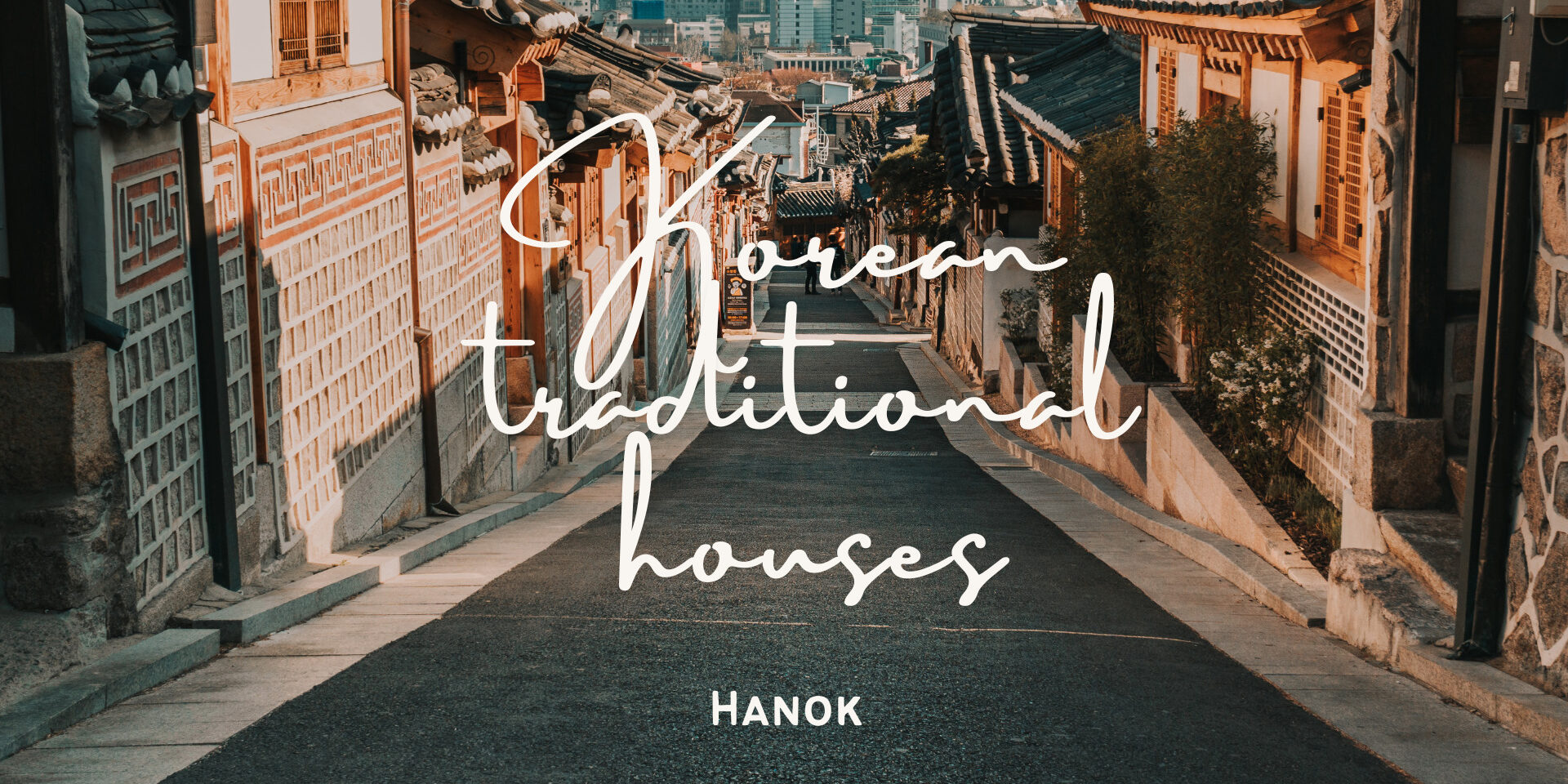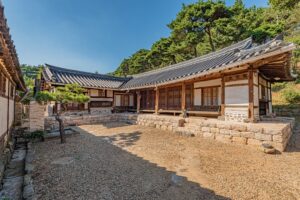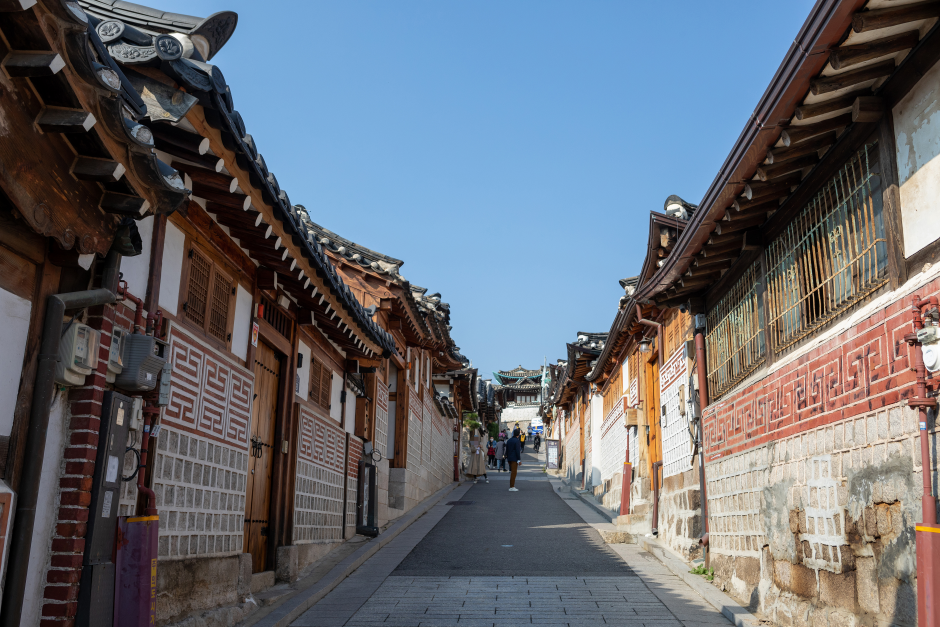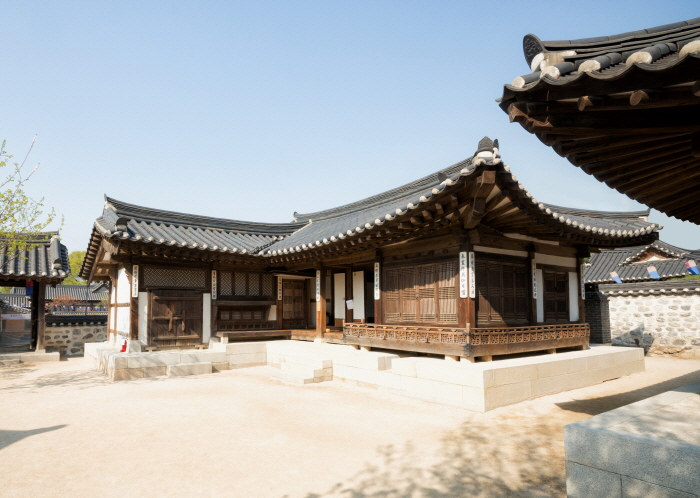Ondol (온돌):
Soybean sprouts are blanched and then seasoned with ingredients such as soy sauce, sesame oil, garlic, green onions, and sometimes red pepper flakes. The resulting dish is light, refreshing, and crunchy, with a savory-sweet flavor profile.
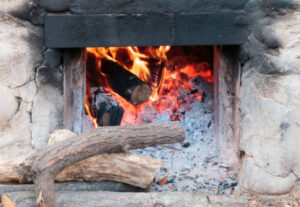
Even in the era of widespread apartments, Ondol remains a distinctive feature in Korean homes. Unlike conventional heating systems, Ondol warms the floor instead of the air, creating a comfortable indoor environment. Originally fueled by wood, modern adaptations use boilers to circulate heated water, offering an efficient solution for both heating and cooking.
Curves:
The distinctive beauty of a hanok lies in its roof, characterized by sharp curves that create a timeless allure. Unlike the linear roofs of traditional Chinese and Japanese architecture, hanok roofs feature naturally raised ends, adding to their classical elegance.
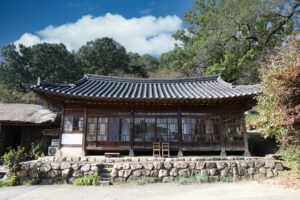
Eco-friendly architecture:
Hanok construction minimizes pollution commonly associated with modern architecture. Its materials, like stone and wood, are often in their natural state, allowing for easy recycling. Unlike apartments and structures of other materials, hanok poses no toxicity risks to occupants or the environment, preserving the building grounds.
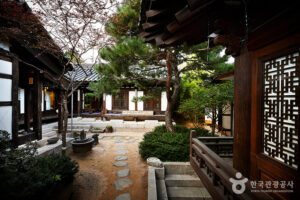
MARU:
Maru, a key feature of hanok, complements Ondol by addressing heat adaptation. Made from fallen trees, Maru floors facilitate airflow, preventing moisture build-up and ensuring comfort during summer. It also serves as a connecting space between rooms and storage area.
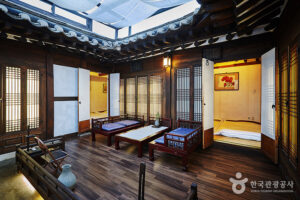
III. The future of Hanok
As modernization threatened the existence of hanok in favor of apartments, its value as Korea’s traditional eco-friendly architecture was rediscovered in the 1990s. This led to a resurgence of interest in hanok, sparking discussions on preserving and modernizing it in recent years.
Indeed, Hanok are really famous traditional houses that gained interest in tourists who come to visit South Korea. There are several different well-known hanok villages, one of the most famous ones is located in Seoul, called the “Buckchon Hanok Village”. However, there are also many other Hanok villages like the Namsangol Village in Seoul or the Jeonju Hanok Village in Jeonju (this village is considered as the nation’s largest traditional hanok village).


